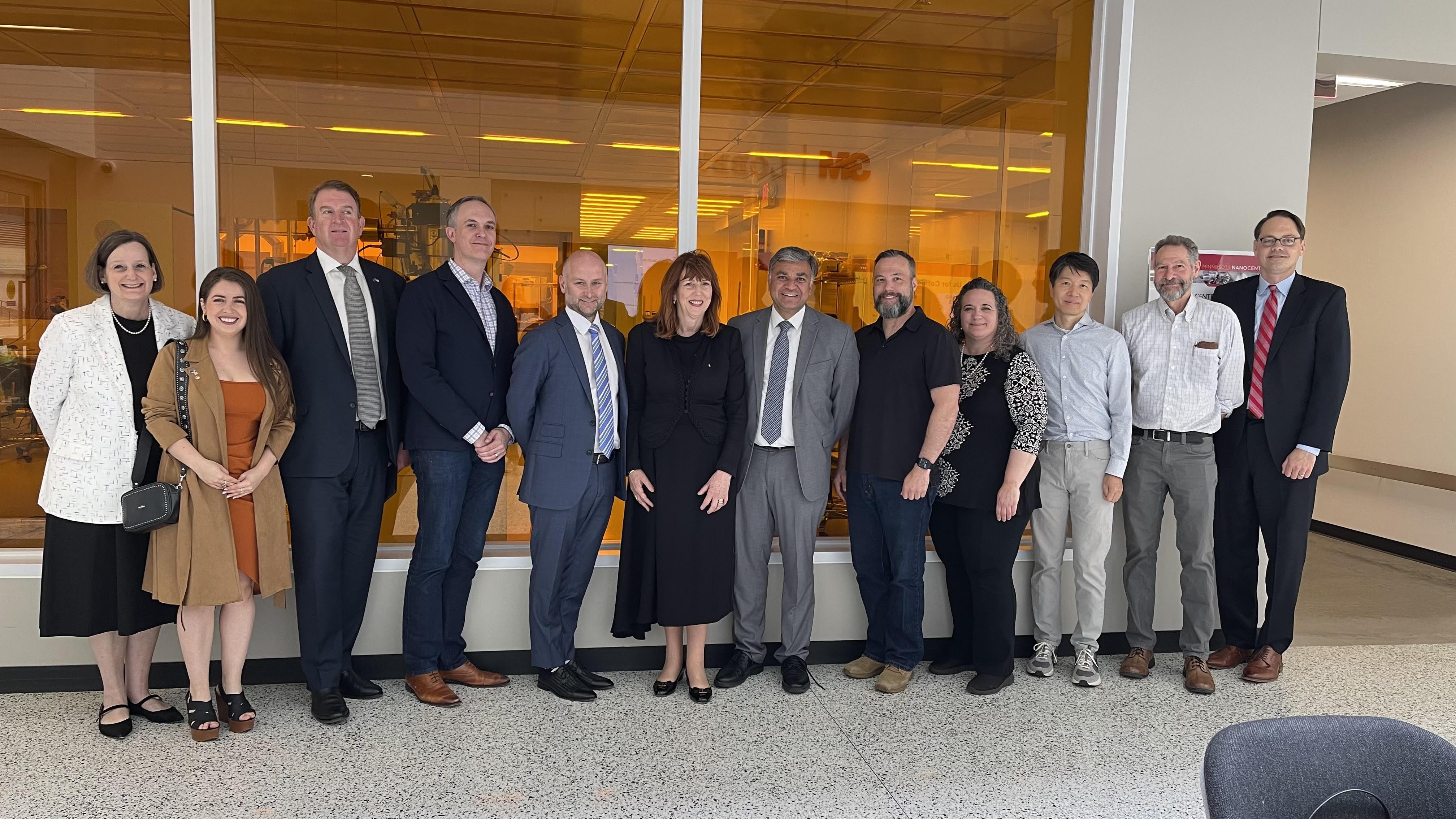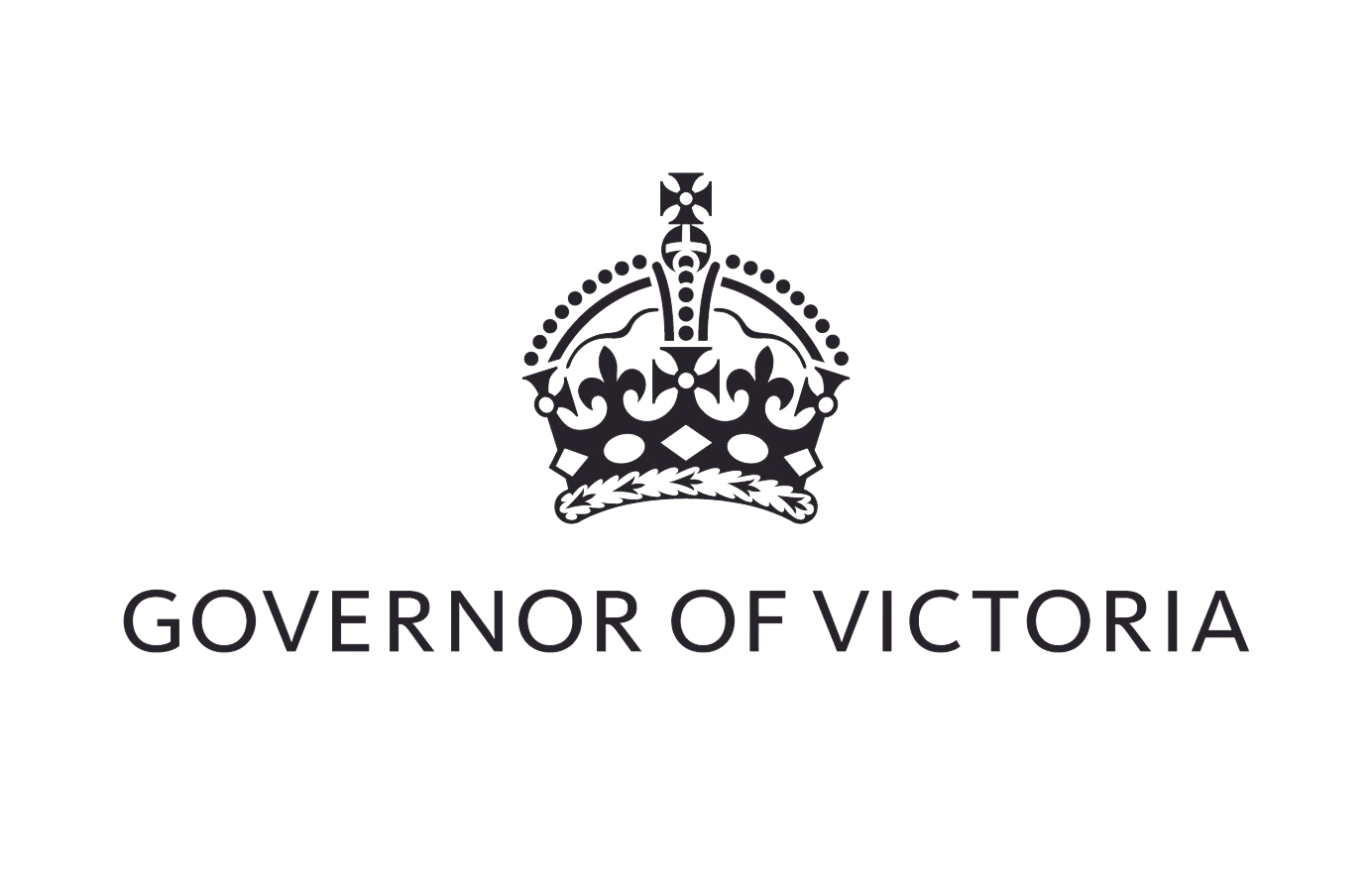
Speech given by the Governor of Victoria at a meeting with University of Minnesota Research Leadership.
It has been a pleasure to tour the Minnesota Nano Center and to hear from you all about the important work that you do here.
Though I am not trained in the field of medical science or engineering, I am deeply familiar with the important role of research institutions in driving innovation to create real-world benefits.
A focus of this official visit has been exploring opportunities for collaboration on biotechnology.
After attending the BIO 2024 convention in San Diego, I have seen firsthand the potential to strengthen our ties in this area.
Health sciences remains one of the most exciting areas of contemporary research, with potential to transform medical treatment for countless patients in the future.
It’s clear that we are entering an era where medicine will become increasingly personalised, with advanced technological applications becoming increasingly available and affordable.
Nanotechnology is one such area with seemingly endless possibilities to achieve this transformation.
However, this relies on the ground-breaking research of facilities such as this one, as well as collaboration between institutions to address common challenges.
Group Leader of the Nano Materials for Biology Group at Monash University, Associate Professor Angus Johnston, aptly described the potential of nanotechnology-based drug delivery systems when he said that “the diseases you can treat are almost endless in terms of these kinds of therapies.”
Despite our geographical separation, the shared expertise on biotechnology between Victoria and Minnesota means that we have the opportunity to explore this huge potential together.
I’m pleased to see that there is a strong focus here on connecting academia and industry.
In order to achieve real-world outcomes, there need to be clear pathways for research commercialisation and the development of entrepreneurial talent.
Only a few months ago, the Jumar Bioincubator officially opened in Melbourne, offering support for innovative biotech researchers.
The name ‘Jumar’ relates to a technique used by mountaineers to make quick ascents towards the summit – an accurate metaphor for how these incubators assist start-ups.
The Jumar Bioincubator is a partnership between industry, research and academia, supported by government investment.
Among the first early-stage ventures at the facility is bio-sensing start-up Symex Labs, which has developed a wearable solution for women to monitor their ovulation cycles.
As our respective jurisdictions continue to make important progress in these areas, there is much we can learn from each other.
Applications on a global scale require collaboration on a similar level.
We know that the journey from research to commercialisation to real-world outcomes can be a long and difficult one.
That journey can be made easier not only through collaboration between institutions and industry, but also between jurisdictions.
We have a shared goal of translating research into marketable health solutions that improve outcomes.
I’m pleased to see that both Victoria and Minnesota are taking a similar approach to generating innovative advancements in this area.
Thank you for taking the time to demonstrate your facilities today and providing the fascinating insight into the work that is done here.
Our similarities make us important collaborative partners and I look forward to seeing what we can learn from one another in the future.
